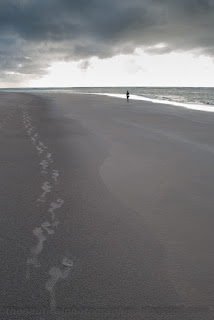The Silva line of outdoor compasses are probably the most well-known in the world. And I think one of the main reasons for such popularity is that they work. Plain and simple.
I mean: what do you really need in an outdoor compass? I can think of four main characteristics: accuracy, durability, ease-of-use and a reasonable price.
So, why, among such a noble line of different equipments, is the trusty Silva Ranger the first among equals?
Well, my guess is that part of its popularity has something to do with the military use of this particular equipment, for several decades already, in many armies over the world.
And, on the other hand, although the needle accuracy is mostly the same in every Silva compass (about 1º), you, as an observer and in similar circumstances, can always have more accurate bearings with a mirror sighting compass than with a base plate one.
The mirror and its cover has also two additional and very important functions: a) protecting the compass capsule and b) be used as a heliographic mirror in emergency situations.
My trusty Silva Ranger 15T, bought in a nautical store in Lisboa, more than twenty years ago, and still working perfectly to this day.
The Silva Ranger 15T liquid-damped compass capsule, assuring a very stable needle and, therefore, very (up to one degree) accurate readings. Its acrylic base-plate has two rulers (one in centimetres/millimeters and another in inches and 1/20 of inches). The recent models, however, are equipped with more complex rulers, giving them more versatility for topographic charts work.
On the lower right of the picture you can see, on the top of the black circular azimuth scale, the small screw used to adjust for compass declination.
The declination scale is adjusted using this small screwdriver attached to the compasse's carrying line.
All in all, a trusty and simple piece of orienting equipment that stood the test of time. Would I buy a new outdoor compass today if I could? Eventually. Which one? The latest Silva Ranger model. Certainly. Keep on enjoying the outdoors.



















